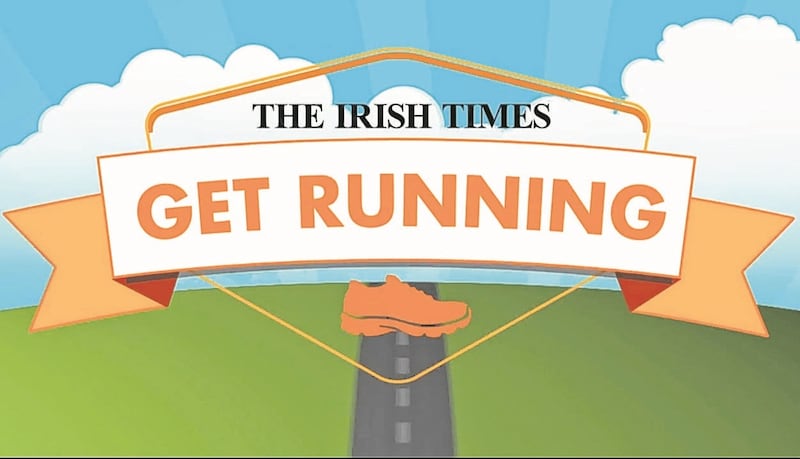When Roger Federer won the Australian Open in 2017, it was a triumph not just over his opponent but over injury. The Swiss tennis player had been out of action for six months after hurting his knee – twice. Some said he might have to retire. Federer came back better than ever but that's not usually how it plays out for those of us without a specialist team to get us back on top form.
Even a minor injury, such as a twisted ligament, can set back your progress towards fitness, and it can be disheartening. So make it easy on yourself and try to avoid that happening in the first place.
Mark Kenneally is a marathon runner who competed in the Olympics in 2012 and is a physiotherapist at the Performance Clinic in Lucan. He says, "The biggest mistake I see is people trying to do too much too soon – and breaking down as a result."
Even if you once used to work out every week, it is best to ease back into it. “Other common mistakes would be trying to compete with people who are at a higher level, or trying to go back to an activity level they were at previously,” he says.
“Start with small doses of exercise, and build up gradually, changing either the duration of the activity or the intensity – for example, walking or running speed or weight lifted – each session. This presents the body with something new to adapt to,” he says. As it adapts, the body can improve.
Not being strong enough or flexible enough can make you vulnerable too, he adds. “There is well-established evidence for the role of strength training, weights or body weight, in injury prevention,” he says.
“Stretching pre- or post-exercise does not reduce injury risk, a common misconception. However, a lack of flexibility in certain joints or movements may predispose one to developing specific conditions. So, for example, ankle stiffness can predispose one to lower leg injury.”
So make sure to stretch. Watch out for “biomechanical” errors too, he says, such as bad posture or doing a movement incorrectly. This is particularly important if taking a kettlebell class, for example, which involve weights.
Body movement
Sarah MacLachlann, a Pilates instructor and founder of Pilates Performance Ireland in Rathfarnham, also believes in paying attention to how your body moves when you are exercising, in other words, your form or technique.
“Bad movement patterns can lead to pain and even pathology,” she says. “We tend to overuse our superficial muscles and underuse our deep muscles, which should be toned and strong. Then the superficial muscles get overworked.”
So, for example, if a runner is in pain, she will look at their gait as well as advising on exercises to stretch and strengthen the appropriate muscles.
Regardless of whether you are an elite athlete or are just starting back on the road to fitness, injury can hold back your progress and even reverse previous gains.
If you are feeling pain, seek professional help. “Many injuries don’t require complete rest and can serve as an excuse not to be active,” says Kenneally. “So the sooner you receive professional advice, the less time you may spend out of action.”
How to avoid injury
1 Warm up gently before exercise and cool down.
2 Don't always do the same thing. Vary your routine.
3 Take care with technique.
4 Wear the appropriate gear.
5 Build your strength as well as flexibility.

Sign up for one of The Irish Times' Get Running programmes (it is free!).
First, pick the programme that suits you.
- Beginner Course: This programme is an eight-week course that will take you from inactivity to being able to run 30 minutes non-stop.
- Stay On Track: The second programme is an eight-week course for those of you who can squeeze in a 30- to 40-minute run three times a week.
- 10km Course: This is an eight-week course designed for those who can comfortably run for 30 minutes and want to move up to the 10km mark.
Best of luck!









